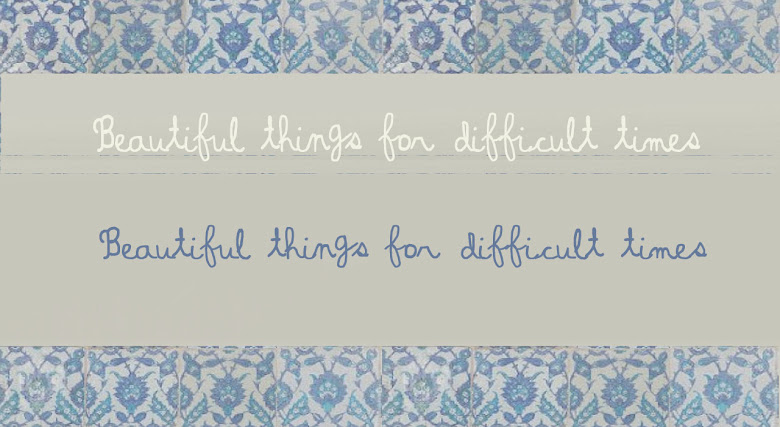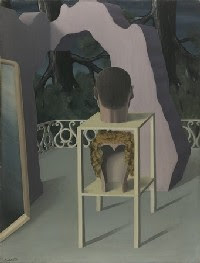Going to a museum in the weekends, or during the calmer weekdays, can be an amazing experience if you are a museum-lover like me. Specially, and apart from the particular collections of each museum, visiting the new museums based on "the new museology theories" give the visitors a dynamic and educative experience.
Museums have experimented an important change since the 70´s, leaving aside the ancient exhibition way that was used since French revolution in 1789, whose revolutionary ideas created the public Museums we know today. The biggest traditional Museums such as Musèe du Louvre, Museo del Prado or the British Museum (opened in 1759) opened in the earliest XIX century and the ancient way used to exhibit their collections has been almost the same until, approximately, forty years ago.
In the 70´s, researchers and museum workers established a new exhibition and management method, a new theory, called " New Museology" that involved the visitors 'participation, and where the artworks gave up their vocation to be admired, and they gained a new perspective.
Museums had to be more dynamic, interactive and participative, a new place to learn and be integrated as the same time, in the new society, a powerful place where visitors from different ages and cultures could participate together.
In Europe, thanks to these changes made in the Museums, they have become more and more popular, places where you not only go to admire the collections, but to attend conferences or workshops, participate in family activities, or just have a coffee or enjoy a lunch in their cafes and restaurants. Although there are still big steps to take, the new museology has arrived to stay.
A didactic Museum which follows the new museology theory is the Magritte Museum in Brussels. This museum reviews the life of Renè Magritte as well as his main artworks, passing by his first's works as a graphic designer. The articles, texts and photography's of his life help visitors to understand his life and his art in a dynamic and surprising way.
After enjoying the visit, stopping at the Museum shop is an experience you cannot miss if you come to Brussels, or if you are just looking forward to spending a nice day in this city.


